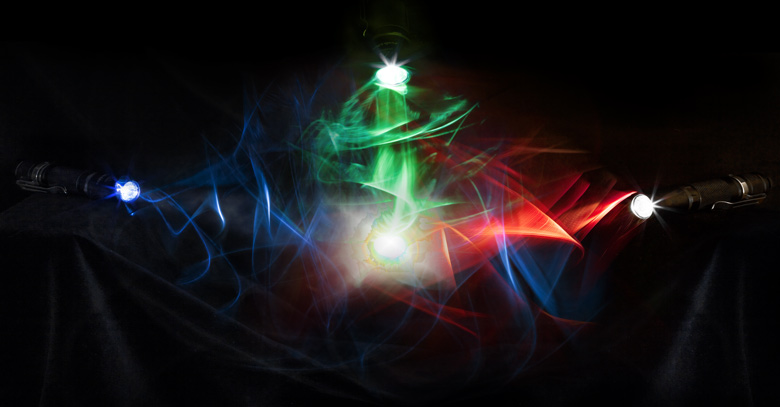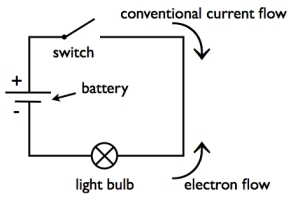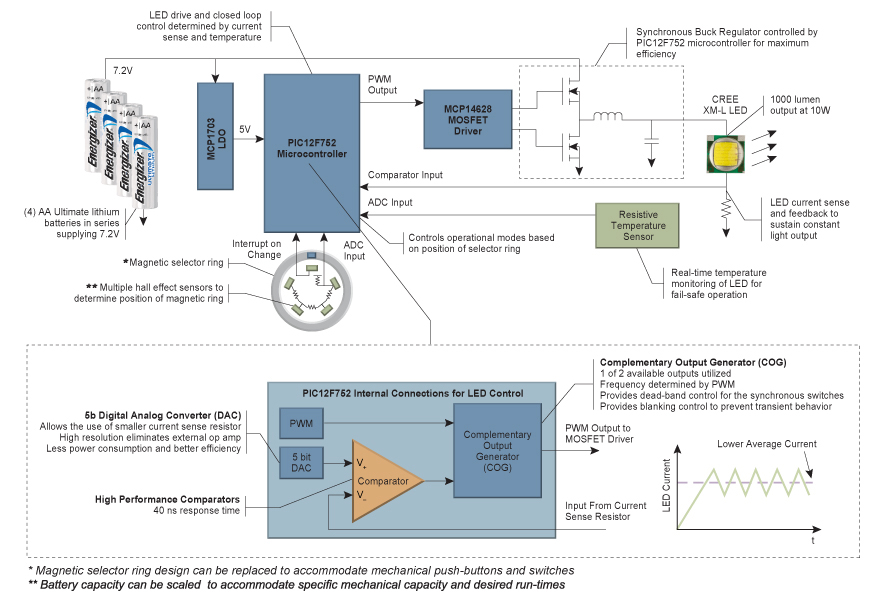LED lights have been in the news recently for some very big reasons: they won the Nobel Prize in physics. Okay, the lights didn’t win, but three scientists won for their work in creating this amazing source of light. If you’re a flashlight aficionado, you already understand the value of the bright, clean light produced by Light Emitting Diodes (LEDs). They’ve been used for years in electronic devices such as VHS players, cell phones, and coffee makers. They light everything from your computer monitor to your big screen television. So, why is something that’s been around for a while just now being recognized? It has to do with blue.
Red and green diodes were created decades ago, but the blue diode evaded scientists. They tried for nearly 30 years to create one, but it wasn’t until the 1990s that three Japanese scientists succeeded in creating one. It was only when the blue diode was added to the red and green diodes that scientists could achieve the full color spectrum that allows for true white light. Once that happened, it opened the door to more environmentally friendly, cost efficient bulbs.
According to Per Delsing, a physicist at the Chambers University of Technology and head of the Nobel physics committee, the award was in line with the wishes of Alfred Nobel who founded the award with the aim of honoring discoveries which had the “greatest benefit to mankind.” It was presented to Shuju Nakamura of the University of California at Santa Barbara, Isamu Akasaki from Meijo University and Nagoya University in Japan, and Hiroshi Amano, also of Nagoya University.
The secret to creating the blue diode was the right mix of crystals and chemicals for a semiconductor when electricity was passed through it. In addition to that bright white light for your flashlight, work is underway to develop a portable LED-based device that could someday use ultra violet emissions to sterilize water. The LED requires less power to operate and provides a brighter, whiter light in bulbs that last longer than traditional incandescent bulbs. That humble flashlight looks just a little more impressive, doesn’t it?



